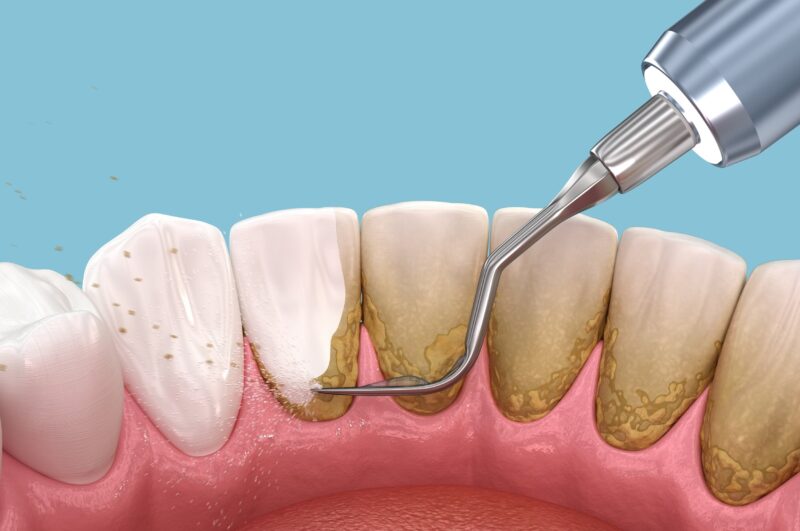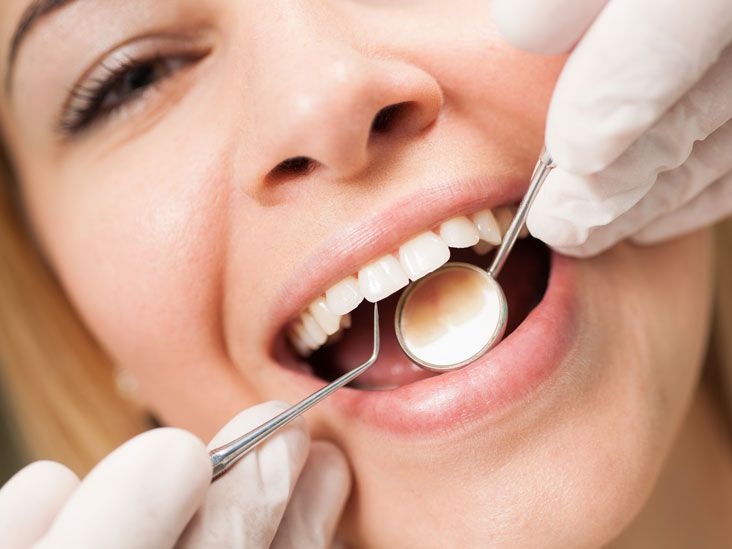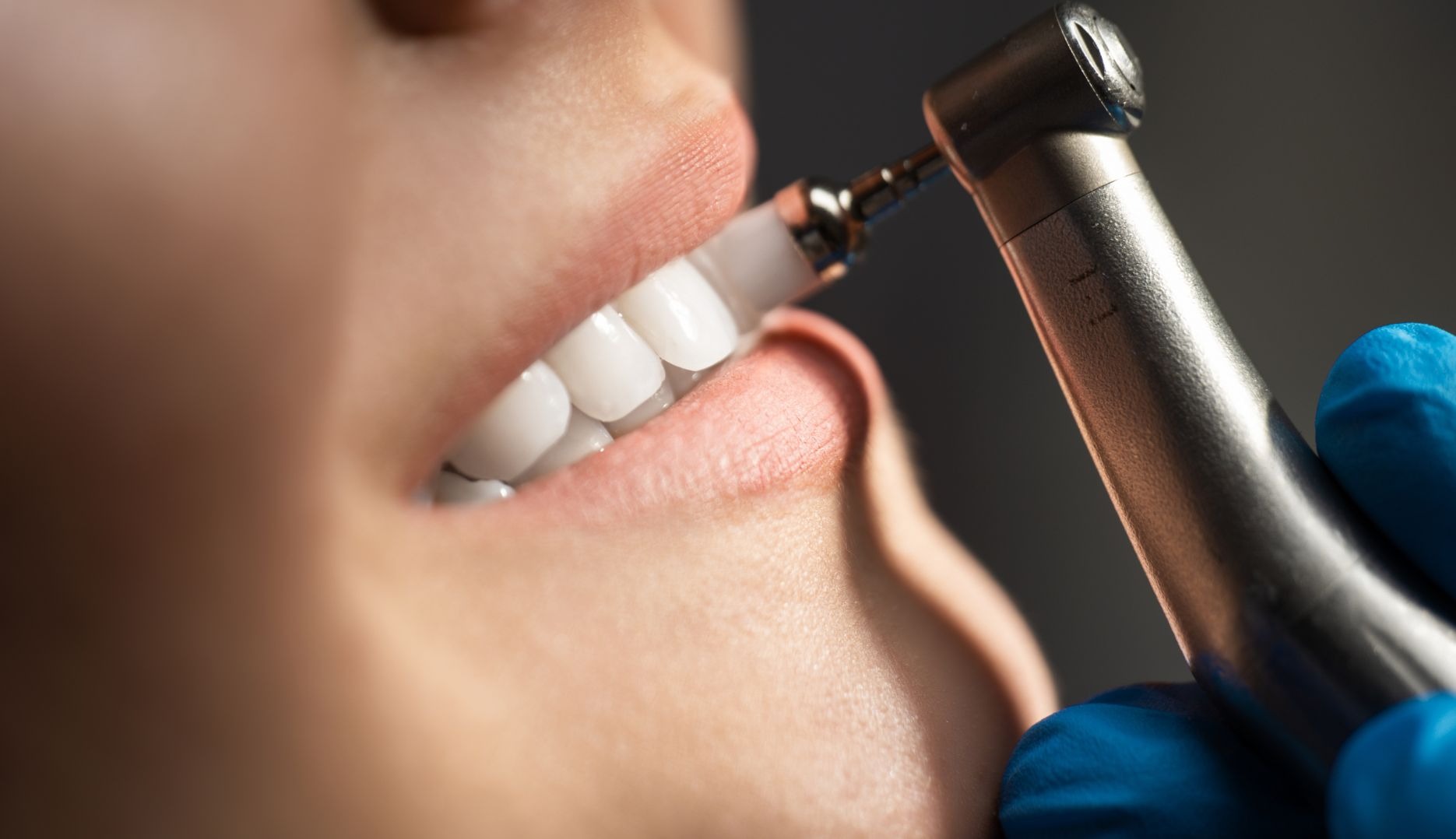Ensuring smooth, realistic, and durable results on restorations matters equally with their proper placement. Restoring teeth with the proper fit and form is important, but the final appearance and working ability majorly depend on how smooth the surface is. That’s when polishers are used. When polished, crowns or bridges are made to look good and stay clean and strong for longer.
Why a Good Finish Is Vital
After restoration, the area around the new filling looks the same as the original tooth enamel. A smooth surface makes the restoration easier to use, in addition to looking good. Places where your tooth surface is rough or unfinished, plaque, stains, and thus, gum irritation or new decay might develop.
This is why dental polishers are an indispensable part of any dentist’s toolkit. Meant for fine finishing, polishers smooth the surface, eliminate minor defects, and give the treated steel a glossy and high-gloss finish. To achieve the best outcome, work with the correct polisher when using composite, ceramic, or zirconia materials.
Why Surface Smoothness Matters for Oral Health

A smooth dental restoration is not just about appearance—it plays a critical role in maintaining long-term oral health. When the surface of a crown, bridge, or filling is left rough or uneven, it becomes a trap for plaque, food particles, and bacteria.
Over time, this can lead to gum inflammation, staining, bad breath, and even secondary tooth decay around the restoration. A polished, smooth surface helps prevent these issues by minimizing plaque retention and making daily oral hygiene more effective. It also ensures better integration with the surrounding teeth, providing a more natural feel and function.
Smooth restorations reduce abrasion against opposing teeth, preserving both the restoration and the natural dentition. From a patient’s perspective, a well-polished tooth feels more comfortable and looks more like their original enamel. For clinicians, it’s a key step in delivering lasting, high-quality dental care that supports overall oral wellness.
Types of Polishers and Their Applications

Dental polishers come in a variety of shapes, materials, and grit levels, each suited for specific tasks and restorative materials. As an example, a multi-step polishing system usually uses coarse, then medium, and finally fine grits to make the surface shinier. Commonly, they are applied in composite restorations to achieve the ideal result.
In contrast, many people are choosing single-step polishers because they work fast and are simple to use. Since these polishers carry various abrasives, it takes clinicians less time to complete a high-gloss restoration. They become very important in situations when working fast and accurately is critical.
There are also polishers made for various materials. Because ceramics are hard, most restorations use diamond-tipped tools, whereas composites require polishers made of silicone to provide flexibility while working.
Benefits of Polishing in Dental Clinics

Polishing in dentistry serves a much greater purpose than just creating a visually appealing smile. A properly polished restoration has a smooth, glass-like surface that plays a key role in long-term oral health.
When restorations are left rough or unpolished, they tend to attract plaque, food particles, and bacteria. Over time, this increases the risk of secondary cavities, gum inflammation, and even bad breath—factors that may escalate into serious issues like dental emergencies. In contrast, smooth surfaces resist bacterial buildup, making them easier to clean and more compatible with daily oral hygiene routines.
From a clinical perspective, polishing also reduces friction between the restoration and opposing teeth. This minimizes wear on both the natural dentition and the restorative material, extending their lifespan. Additionally, an optimal finish ensures that the restoration fits better with surrounding structures, reducing the chance of irritation or mechanical failure.
Patients, too, benefit in numerous ways. A polished restoration feels more natural in the mouth—no rough edges, no discomfort. It also blends more seamlessly with existing teeth, especially when it reflects light similarly to enamel.
This enhances confidence, particularly in visible areas like front teeth. Overall, polishing elevates both the quality of care delivered and the satisfaction patients feel after treatment.
Best Practices for Lasting Shine and Durability

Achieving a high-gloss finish on dental restorations isn’t just about aesthetics—it directly impacts how long the restoration will last and how comfortable it feels in the patient’s mouth. To ensure a lasting shine and optimal durability, clinicians should follow a few best practices during the polishing process.
First, always match the polisher to the restorative material. Composites benefit from silicone-based polishers, while ceramics and zirconia require harder abrasives like diamond-infused tools. Using the wrong polisher can either damage the material or result in an ineffective finish.
Second, polish in stages. Multi-step systems that begin with coarse grit and gradually move to fine or ultra-fine polishers create a smoother surface by removing microscopic irregularities in layers. This helps reduce wear and plaque accumulation.
It’s also important to use light, controlled pressure and low speeds. High-speed polishing may generate heat, potentially damaging the pulp or restoration. Always keep the surface moist when necessary to avoid overheating.
Finally, post-treatment maintenance matters. Educate patients on proper oral hygiene and recommend polishing paste or touch-up kits for long-term upkeep. With these techniques in place, dental professionals can ensure that restorations not only look beautiful but also perform well for years.
Conclusion
The last details play a key role in ensuring the teeth stay healthy and strong for a long time. The use of professional dental polishers enhances both the beauty and durability of restorations, making them smoother, cleaner, and more comfortable for the patient.
With or without a complex system, polishers are important for the high-quality results found in restorative dentistry. Those who want their patients satisfied and their clinic to do well always find the time and effort spent on polishing valuable.

